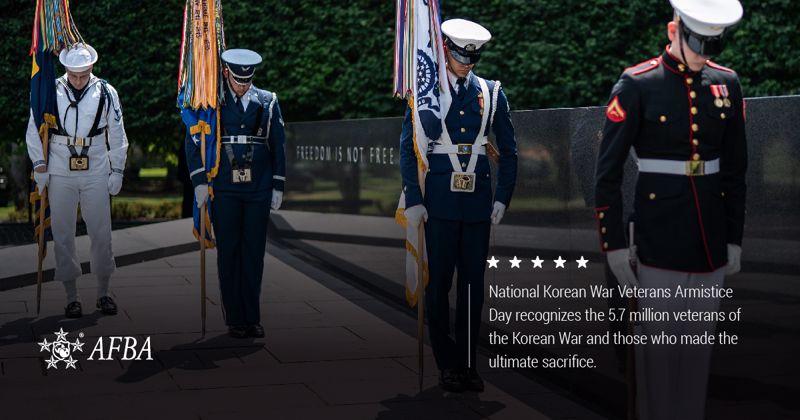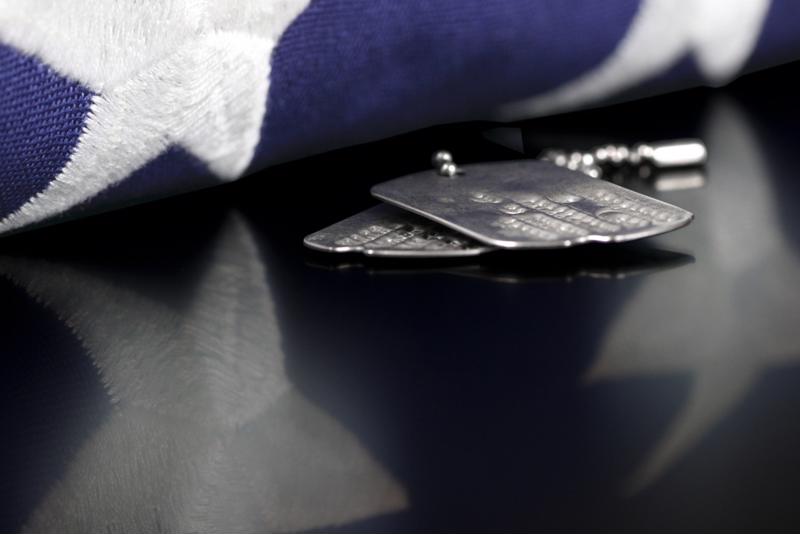National Korean War Veterans Armistice Day falls on July 27 each year. This observance recognizes the 5.7 million veterans of the Korean War and those who made the ultimate sacrifice.
During the three-year war, which lasted from June 25, 1950, to July 27, 1953, active-duty servicemembers faced unique risks and experiences that set them apart from previous generations. This armistice observance presents the opportunity to remember and honor their service.

Causes and casualties of the Korean War
After being colonized by Japan, the southern part of the Korean peninsula was liberated in the wake of World War II. Backed by the Soviet Union, communist North Korea made an invasion into democratic South Korea in 1950. The U.S. deployed troops to support South Korea during this devastating war of attrition, where both sides fought to wear down the enemy and gain complete control over the territory. After three years, an armistice was signed and the region has remained divided.
The fighting resulted in 36,574 in-theater casualties for the U.S. More than 103,000 service members were wounded in action. As of June 2020, there are still 7,578 individuals whose fate in the Korean War remains unaccounted for.
Health risks for Korean War veterans
According to the U.S. Department of Veterans Affairs, extremely cold climates during the Chosin Reservoir Campaign in the winter of 1950 posed serious risks to those serving and accounted for more than 5,000 U.S. casualties. Temperatures dropped to -50 degrees Fahrenheit with a wind chill of -100 F.
As a result, Korean War veterans are more likely to face health issues including trauma to the nervous system, skin and muscles, vascular conditions, foot-related injuries such as trench foot, frostbite scars and skin cancer.
Active-duty servicemembers may have also been exposed to hazardous substances such as asbestos, polychlorinated biphenyl (PCB) and ionizing radiation during their service in the Korean War. These are known to cause certain illnesses and cancers even decades after the exposure. Those who qualify as atomic veterans may have witnessed the impacts of radiation passed down to their children.
'A different kind of homecoming' in 1953
Given the fact that no peace treaty was ever signed, those who served received a very different treatment upon their return.
"Compared to other wars, theirs was a different kind of homecoming," President Obama observed on the 60th anniversary of the Korean War armistice. "Unlike the Second World War, Korea did not galvanize our country. These veterans did not return to parades. […] Among many Americans, tired of war, there was, it seemed, a desire to forget, to move on."
Each year on July 27, National Korean War Veterans Armistice Day provides a moment for reflection on the service and sacrifices of Americans during this conflict.


